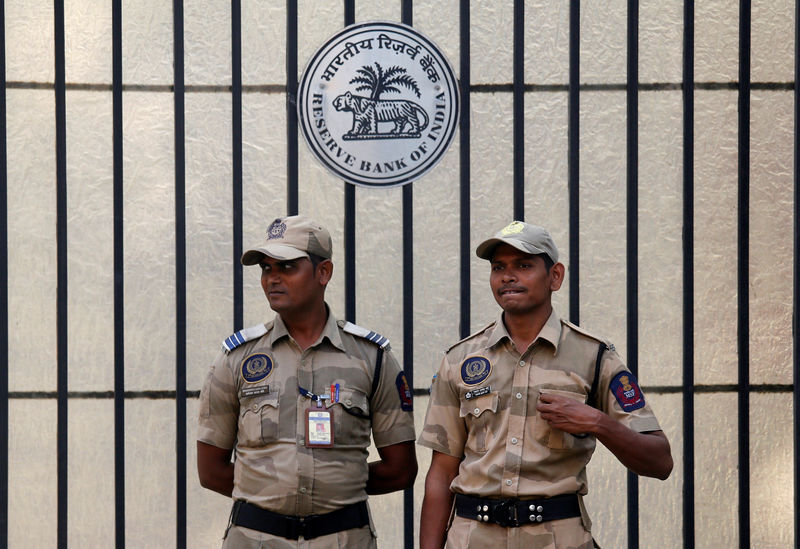(Bloomberg) -- Terms of Trade is a daily newsletter that untangles a world embroiled in trade wars. Sign up here.
The Reserve Bank of India’s record payout to the government turns the focus back to the central bank’s profits and how it can afford such a massive transfer.
Almost 70% of the 1.76 trillion-rupee ($24.5 billion) disbursement -- which was approved by the RBI on Monday -- is derived from the income the central bank earned on its investments, likely gains from changes to accounting of its foreign exchange policy and the fees it gets from printing notes and minting coins. The rest, about 526 billion rupees, comes from its surplus capital.
The RBI’s annual report for the year ended June 30, due to be released Thursday, will throw more light on how it managed to boost its income. Some analysts say its due to the central bank’s debt strategy, which made it the largest buyer of government securities last year.
“The reason for this is the record open market bond purchases in the financial year to March 2019,” said Pranjul Bhandari, chief India economist at HSBC Holdings Plc (LON:HSBA). in Mumbai. “It led to a high interest income.”
Central banks generally buy and sell government bonds as part of normal monetary operations, affecting liquidity in the market by boosting or withdrawing cash into the system. In India, where a shadow banking crisis has caused a cash crunch, the RBI has been purchasing bonds to inject more funds into money markets.
Bhandari estimates the government bought 3 trillion rupees of bonds in the market in the fiscal year through March, making up more than 70% of sovereign bond issuance.
The windfall from the central bank couldn’t have come at a better time for Prime Minister Narendra Modi, who is under pressure to halt a sharp slowdown in the economy. The money gives New Delhi more fiscal options, including possibly lowering its market borrowings or boosting spending to shore up growth.
The RBI payout this year represents two parts: dividends and a capital transfer. The central bank pays dividends to the government every year, based on the profit from its investments and printing of notes and coins. It also holds substantial foreign securities in its investment portfolio, but interest income from that is seen lower than its domestic holdings because local rates are higher compared to those in the U.S., U.K or Japan.
The dividend of 1.23 trillion rupees is double the amount that had been transferred in recent years, and represents the entire net income of the RBI for the year ended June.
The capital transfer of 526.4 billion rupees is based on the recommendations of a panel set up to study how much excess capital the central bank holds.
The panel recommended, among other things, that the RBI’s economic capital -- made up of realized equity and revaluation balances -- should lie within the range of 20% to 24.5% of its balance sheet. It prescribed maintaining the realized equity -- or contingency buffer-- between 5.5% to 6.5%.
The RBI board accepted both the recommendations, which took its payout to a record. But economists warned that future payments might not be as huge.
“The committee has lowered the prospect of a sizable transfer of RBI’s reserves over the next few years, as revaluation stores from the RBI’s balance sheet might be excluded from any excess capital calculation,” Radhika Rao, an economist at DBS Group Holdings Ltd. in Singapore, said in a note.
